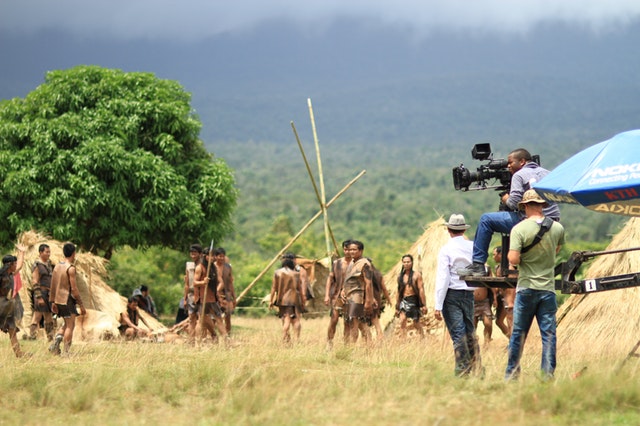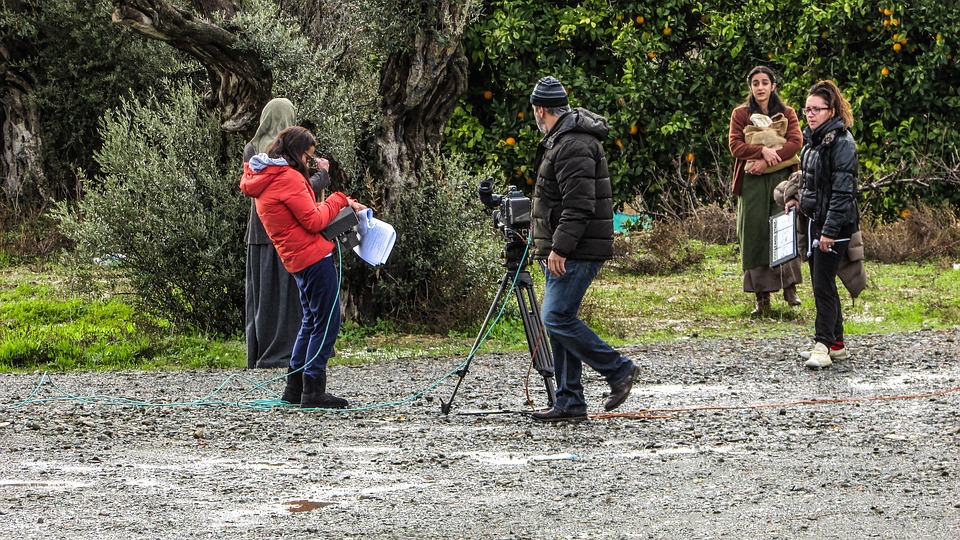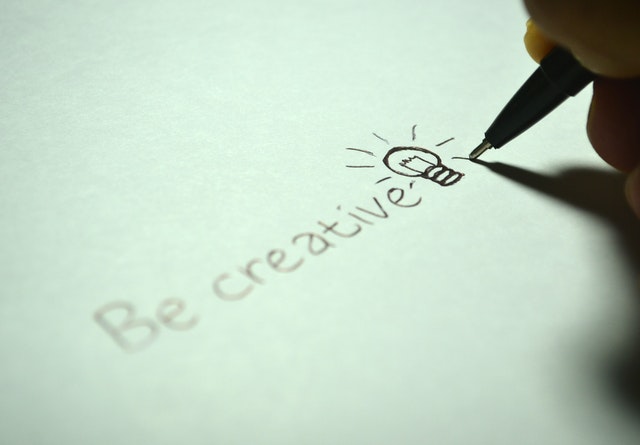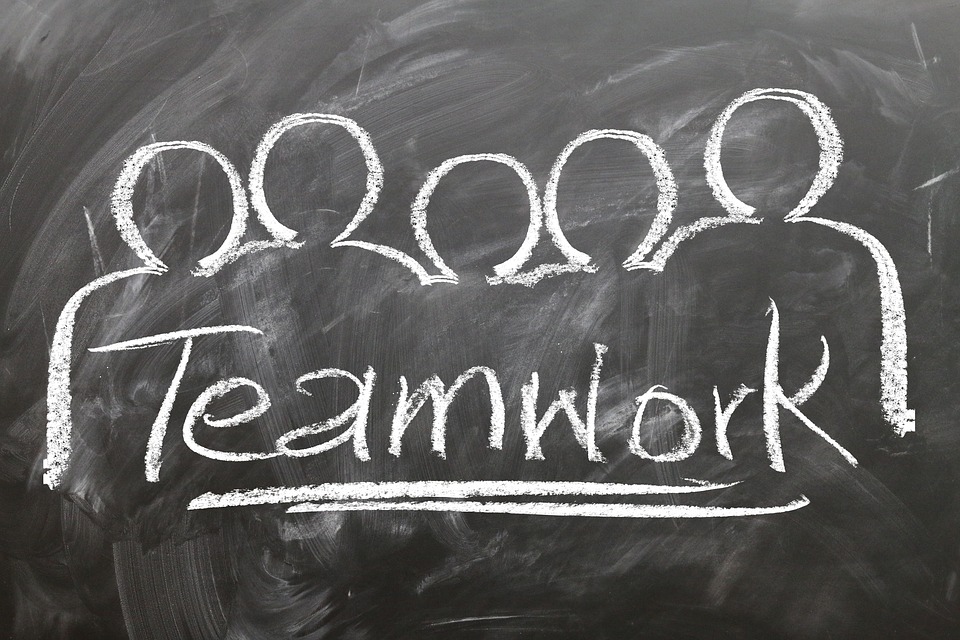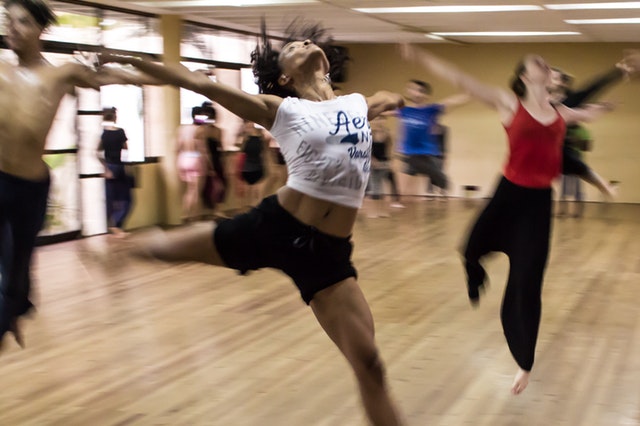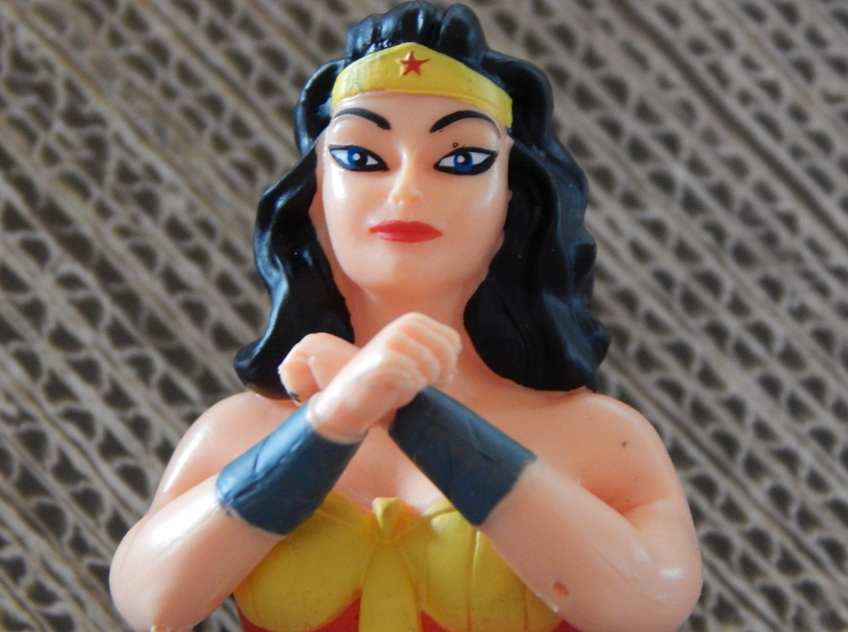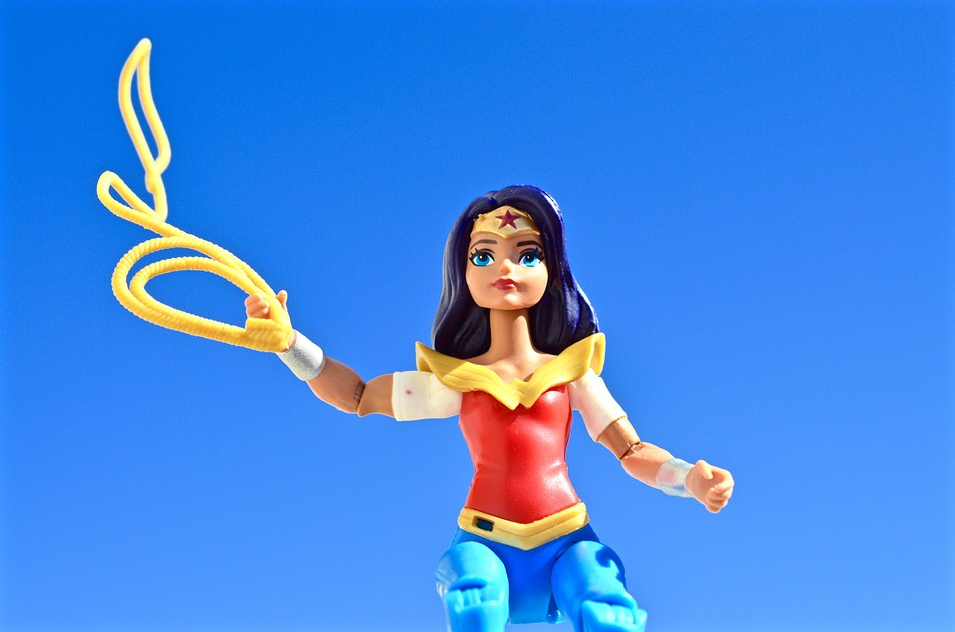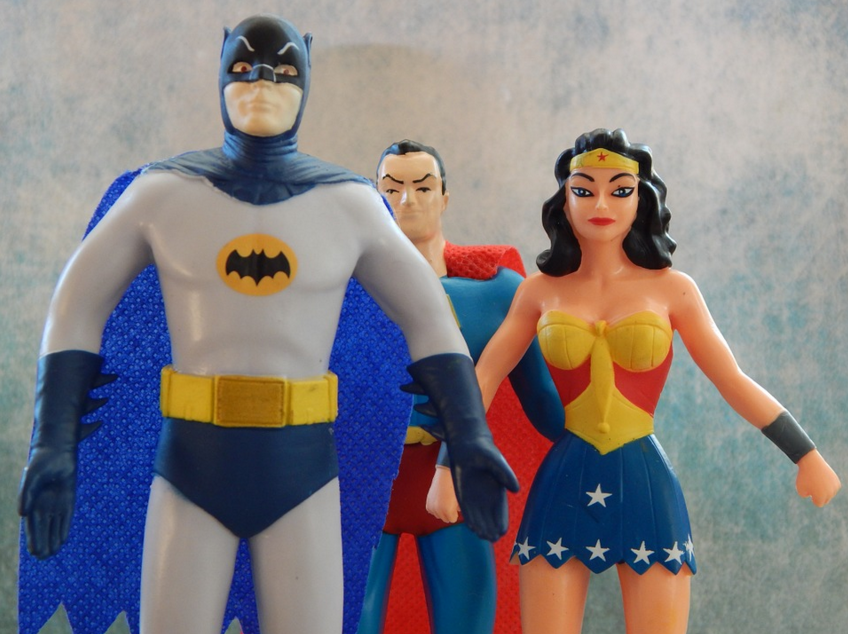The selfie has become more than just a contemporary phenomenon: It may go down as one of the defining features of the 21st century. We have phones specially designed for selfies, social media would not be the same without selfies, and even if we claim to hate selfies, we’ve all taken part in them. From the “I woke up like this” no-makeup selfies that make bad hair look so fashionable to “group-fies” with friends and families, the average selfie is a ubiquitous part of daily life.
As you gear up for National Selfie Day, here’s a short history of this cultural trend…
1. The Selfie Was Actually Invented in 1839

So it’s not that recent a phenomenon after all!
American photographer Robert Cornelius took a daguerreotype of himself in 1839 and even wrote on the back ‘the first light Picture ever taken.’ (Pity, the word selfie wasn’t in use then.)
The trend of taking self-portraits with a camera became gradually more popular in the 20th century. Without the use of zoom lens or selfie sticks, it was a cumbersome process, aided with mirrors, tripods or other props.
When the instant Polaroid cameras arrived, more and more people began to experiment with photography as a hobby and a way of preserving certain life events. The habit even made its way into the movies, such as the 1991 film “Thelma & Louise,” where the two lead characters use a Polaroid camera to take what we now call a ‘selfie’ before embarking on a disastrous road trip.
2. The Word “Selfie” Was Actually Invented By A Drunk Man in 2002

In Australia, Sept. 13, 2002, in an internet forum there appeared the following post by Nathan Hope:
“Um, drunk at a mates 21st, I tripped ofer (sic) and landed lip first (with front teeth coming a very close second) on a set of steps. I had a hole about 1cm long right through my bottom lip. And sorry about the focus, it was a selfie.”
Mr. Hope however denied coining the term, claiming it was a common slang. Over the years, linguists have analyzed this phenomenon and pointed out that it is a typical feature of the Australian language to shorten words and end them with “ie,” citing how “barbeque” and “postman” become “barbie” and “postie” respectively in local usage.
Soon enough there came mobile phones with front-facing cameras, and the world was never the same again.
3. “Selfie” Became The Word Of The Year In 2003

The Oxford English Dictionary announced “selfie” as the word of the year in November, 2013, sometime after it was first included in the online edition of the dictionary.
Meanwhile, there have been specific apps and filters created for taking and editing the perfect selfie, and the Oscar selfie of 2014 became the most retweeted image ever. Now, selfie sticks may be a thing of the past with the rising popularity of selfie drones.
Whether you think it is fun and empowering or you just feel it promotes narcissism, you cannot ignore the selfie, for it looks like the selfie is here to stay for a long time.
Interested in photography? Learn more at the New York Film Academy.




